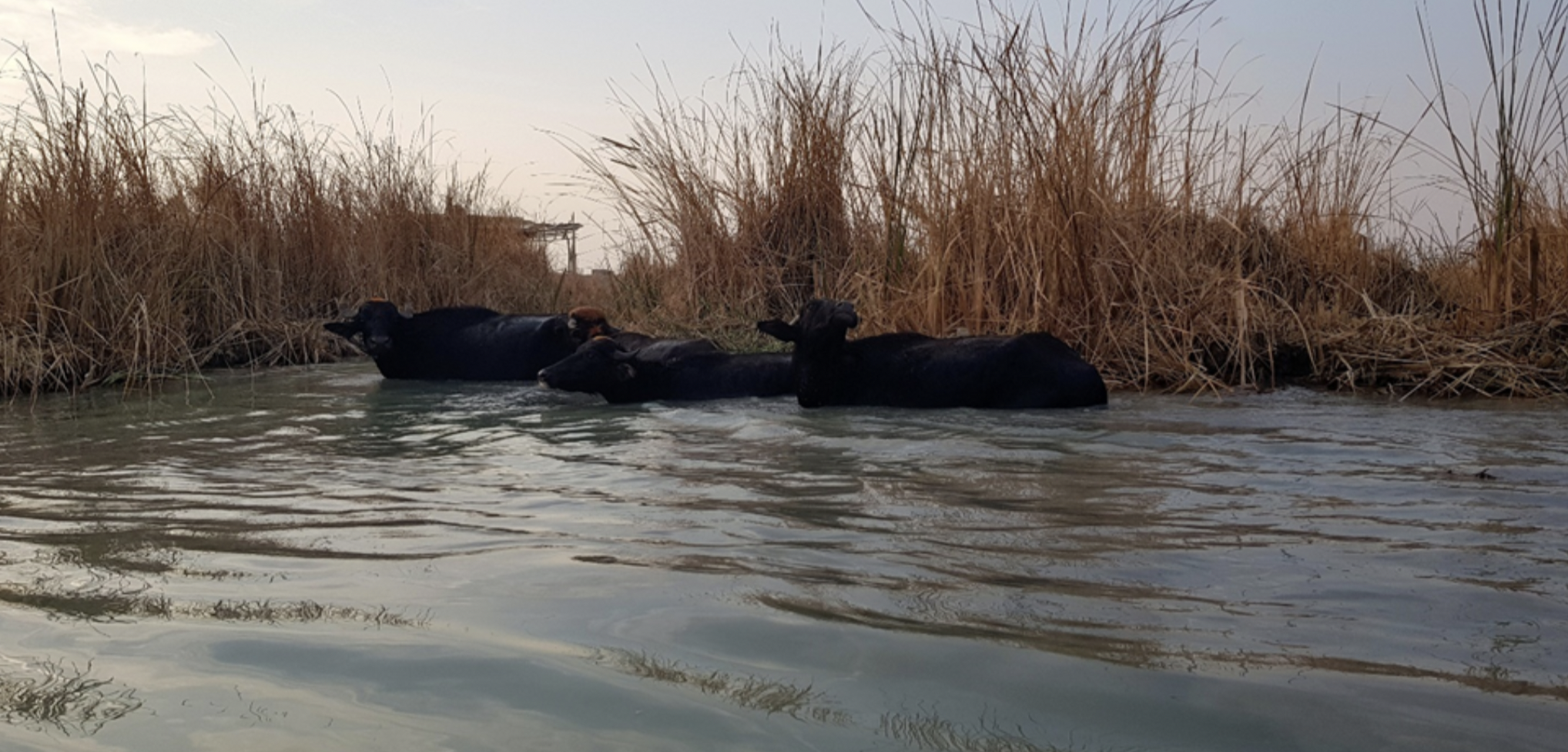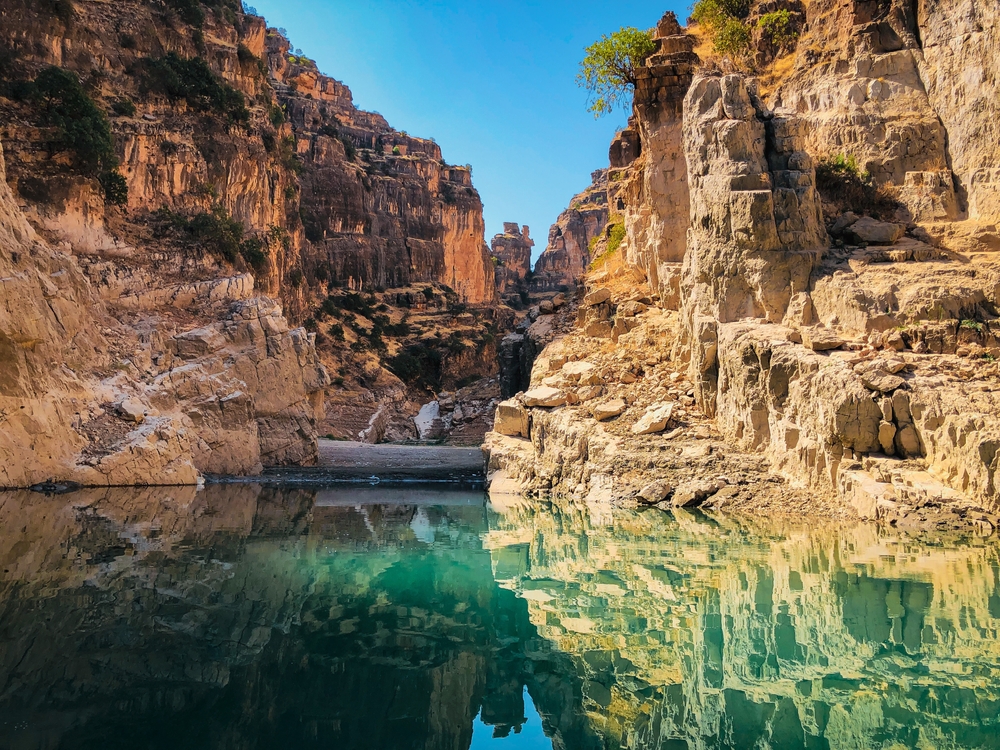The first national park in Iraq is Mesopotamian Marshes National Park, established in 2013. Located in southern Iraq, this park was created to restore and protect the unique wetlands of the Mesopotamian marshes, which were once among the largest wetland ecosystems in the Middle East. The park is vital for both biodiversity and the cultural heritage of the Marsh Arabs.
About Iraq National Parks
Iraq is home to two officially designated national parks, Halgurd-Sakran National Park and Mesopotamian Marshes National Park, both of which highlight the country’s diverse landscapes and unique ecological importance. These parks offer a glimpse into Iraq’s rich natural heritage, spanning mountainous terrains and wetland ecosystems that support a variety of wildlife and plant species.
Halgurd-Sakran National Park, located in the Kurdistan region of northern Iraq, is the country’s first national park. This protected area encompasses the rugged Halgurd and Sakran mountain ranges, including Iraq’s highest peak, Halgurd Mountain, which rises over 3,600 meters. The park is known for its breathtaking alpine landscapes, deep valleys, and diverse flora and fauna.
Snow leopards, Persian leopards, brown bears, and wild goats inhabit the high-altitude regions, while rare plant species thrive in the cold, rocky environment. The park is a critical refuge for biodiversity, especially as habitat destruction threatens many of Iraq’s native species. Conservation efforts in the park focus on protecting these fragile ecosystems, promoting ecotourism, and working with local communities to ensure sustainable development.
In contrast to the mountainous north, Mesopotamian Marshlands National Park protects one of the world’s most significant wetland ecosystems. This park is part of the historic Mesopotamian Marshes, a vast wetland complex in southern Iraq that was once nearly destroyed due to water diversion and drainage projects in the late 20th century. The park plays a crucial role in the rehabilitation of the marshlands, which are home to diverse bird species, including the endangered Basra reed warbler and the sacred ibis.
The marshes also provide habitat for water buffalo and serve as a stopover for migratory birds traveling between Africa and Eurasia. Beyond its ecological significance, the park is tied to the cultural heritage of the indigenous Marsh Arabs, who have lived in the wetlands for centuries and rely on traditional reed houses and fishing practices. Conservation efforts have led to a partial restoration of the marshes, with increasing water inflows helping to revive local wildlife and communities.
Despite these conservation successes, Iraq’s national parks face numerous challenges. Climate change, water scarcity, and habitat destruction remain persistent threats, particularly in the Central Marshes, where upstream damming and water mismanagement affect the delicate balance of the ecosystem. In the Kurdistan region, illegal hunting and deforestation put pressure on wildlife populations. However, ongoing initiatives, including international conservation partnerships, government protections, and local community engagement, offer hope for preserving these unique natural areas.
Iraq’s national parks represent the country’s commitment to safeguarding its ecological heritage, despite ongoing environmental and political challenges. From the towering peaks of Halgurd-Sakran National Park to the vital wetlands of Mesopotamian Marshes National Park, these landscapes provide critical sanctuaries for wildlife and offer a glimpse into Iraq’s natural beauty and biodiversity.
Iraq National Parks

Halgurd-Sakran National Park
Explore Now
Mesopotamian Marshlands National Park
Explore NowFAQ’s
1. What was at the first national park in Iraq?
2. What is the largest national park in Iraq?
Mesopotamian Marshes National Park is also the largest national park in Iraq, covering approximately 1,885 square miles (4,880 square kilometers).
The park is characterized by its expansive wetlands, reed beds, and waterways, which are home to a variety of wildlife, including water buffalo, birds, and fish.
The marshes are also an important area for migratory birds, making it a key site for biodiversity conservation in Iraq.
3. What is the smallest national park in Iraq?
Iraq has relatively few designated national parks, and the smallest protected area is Halgurd Sakran National Park, located in the northern Zagros Mountains.
Though its exact size is not officially documented, it spans an area of approximately 1,100 square miles (2,850 square kilometers). The park is known for its mountainous terrain and diverse flora and fauna, including leopards and wild goats.
4. What is the most popular national park in Iraq?
Halgurd Sakran National Park is one of the most popular national parks in Iraq, particularly known for its stunning mountainous landscapes.
The park’s main attractions include Mount Halgurd, Iraq’s second-highest peak, and the diverse wildlife that inhabits the area.
Visitors are drawn to the park for hiking, mountaineering, and the opportunity to experience Iraq’s natural beauty in the remote Zagros Mountains.
The park’s alpine meadows, rivers, and scenic views make it a key destination for eco-tourism and adventure travelers.










































































